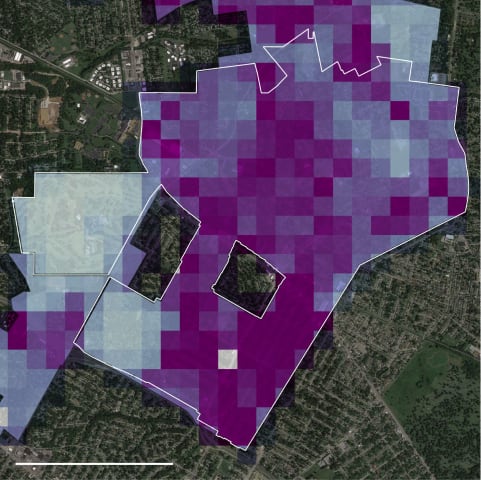Incident 829: Un système de reconnaissance faciale à Buenos Aires déclenche des contrôles de police sur la base de fausses correspondances
Description: Le système de reconnaissance faciale de Buenos Aires a identifié par erreur des personnes innocentes comme des criminels, ce qui a entraîné des contrôles et des détentions injustifiés. Des enquêtes judiciaires indiquent que cette technologie pourrait avoir été utilisée à des fins de surveillance et de collecte de données non autorisées. Malgré les risques pour la vie privée, le système a été largement utilisé sans que soient divulguées toutes les normes et garanties.
Editor Notes: Reconstruction of the timeline of events: (1) 2019: Buenos Aires implements a facial recognition system aimed at enhancing public safety, capturing thousands of individuals. (2) After implementation in 2019: At least 140 individuals, including Guillermo Ibarrola, are erroneously flagged as criminals due to database errors, leading to police checks and detentions. (3) 2020: The facial recognition feature is deactivated as a precaution during the COVID-19 pandemic and remains off by judicial order. (4) December 2023: Journalists confirm that their biometric data was accessed, which in turn prompted further scrutiny by them. (5) February 5, 2024: The Pulitzer Center publishes a report on the issues surrounding Buenos Aires's facial recognition system.
Entités
Voir toutes les entitésAlleged: Government of Argentina developed an AI system deployed by Government of Argentina , Government of Buenos Aires et Argentinean Ministry of Security, which harmed Argentinean citizens , Buenos Aires residents et Guillermo Ibarrola.
Statistiques d'incidents
Risk Subdomain
A further 23 subdomains create an accessible and understandable classification of hazards and harms associated with AI
7.3. Lack of capability or robustness
Risk Domain
The Domain Taxonomy of AI Risks classifies risks into seven AI risk domains: (1) Discrimination & toxicity, (2) Privacy & security, (3) Misinformation, (4) Malicious actors & misuse, (5) Human-computer interaction, (6) Socioeconomic & environmental harms, and (7) AI system safety, failures & limitations.
- AI system safety, failures, and limitations
Entity
Which, if any, entity is presented as the main cause of the risk
AI
Timing
The stage in the AI lifecycle at which the risk is presented as occurring
Post-deployment
Intent
Whether the risk is presented as occurring as an expected or unexpected outcome from pursuing a goal
Unintentional
Rapports d'incidents
Chronologie du rapport
Loading...

75 % de la superficie de la capitale argentine est sous surveillance vidéo, ce que le gouvernement affiche fièrement sur des panneaux d'affichage. Mais le système de reconnaissance faciale, qui fait partie de l'immense infrastructure de sur…
Variantes
Une "Variante" est un incident de l'IA similaire à un cas connu—il a les mêmes causes, les mêmes dommages et le même système intelligent. Plutôt que de l'énumérer séparément, nous l'incluons sous le premier incident signalé. Contrairement aux autres incidents, les variantes n'ont pas besoin d'avoir été signalées en dehors de la base de données des incidents. En savoir plus sur le document de recherche.
Vous avez vu quelque chose de similaire ?
Incidents similaires
Did our AI mess up? Flag the unrelated incidents
Loading...

Northpointe Risk Models
· 15 rapports
Loading...

Predictive Policing Biases of PredPol
· 17 rapports
Loading...

Uber AV Killed Pedestrian in Arizona
· 25 rapports
Incidents similaires
Did our AI mess up? Flag the unrelated incidents
Loading...

Northpointe Risk Models
· 15 rapports
Loading...

Predictive Policing Biases of PredPol
· 17 rapports
Loading...

Uber AV Killed Pedestrian in Arizona
· 25 rapports
